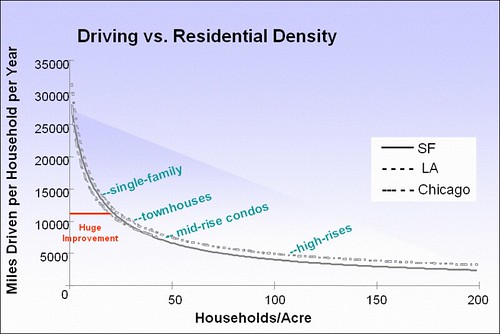Pixel Qi's Magical Hybrid E-Paper LCD Coming This Fall
Mary Lou Jepsen has posted a few early pictures of her low-cost everything-killer 3Qi screen, which can seamlessly operate as sunlight-readable e-paper, a backlit LCD or a full-motion, low-power transflective display. And, she says, 10.1-inch models are shipping by Fall.
Jepsen also designed the OLPC's reflective screen, and posits this, which essentially adds an e-book mode to that display's technology but can still be manufactured with LCD fabrication techniques, as the obvious next step. In talking this tech up, she's made two important promises: that the 3Qi is possible to make, and that it'll be cheap to make. Seeing these hacked-together Aspire Ones (one of which is pictured below, subathing) is reassuring on both fronts, as is her continued optimism about bringing the 3Qi to market:These screens will be available this fall in netbooks and ebook readers. Size: 10.1″ diagonalIf prices are anywhere close to regular LCD netbook panels, this could be huge: netbooks would be eBook readers, eBook readers would be PMPs, and regular small-to-midsize LCD and e-ink panels might have a hard time justifying their existence.

Mary Lou had a pair of off-the-shelf Acer laptops that she had purchased at Radio Shack. Her team modded them with the new, 10-inch Pixel Qi screens for demo purposes; a jerry-rigged switch, on the side of the screen, allows you to switch between emissive mode—similar to the typical, flashlight-in-your-eyes LCD display—and reflective mode, which rivaled E Ink. Actually, it was better than E Ink: My Kindle only handles 167 DPI (the measure of dot pitch, or crispness of the font); the Pixel Qi, Mary Lou said, does 205 DPI.Sounds pretty cool. Merging a Kindle with a netbook would be a huge win. Actually, this would be great in smart phones as well.
In black and white, reflective mode, I couldn't see any difference when we held up the Kindle alongside the PQ-modded Netbook. Both were easy to read without any flicker or speckling. Color on the Pixel Qi was like color on an LCD, which, I guess, it is. That's the killer app, right there, of course.
And it does video to the tune of 60 frames per second. We sat on the deck of her houseboat and watched a clip on YouTube in reflective mode, and the video ran perfectly smoothly.
But Mary Lou said that a manufacturer could buy PQ's technology today and have an e-reader that could render high-def text, on a full color page, and video, by the first quarter of next year. The screens are cheap to produce, too—well under $200, she said. Such a device ought to enjoy 40 hours or so of use as an e-reader, between charges.
I wonder what the refresh rate is like for the e-ink? I don't really get how have color or do video in the reflective mode, but sounds great to me. Hopefully the price will be somewhere in the range she states and this technology will get to market quickly.
via Gizmodo and Nerd World
Update: Video of device in action here. For a 13 minute video it really sucked at actually describing how it works, but it does show it in action which clears up some questions. The presenter also said that this technology does not have as good of whites as the Kindle e-ink and uses more electricity to run, but it does allow for faster refresh allowing for videos.
Update 2: More videos of device in action. Still super long and still doesn't answer all questions. Confirms that it doesn't use e-ink but rather just LCD without a backlight. They say it has 3 modes, but it still isn't clear what the 3rd mode does.


















